A mass murder largely forgotten
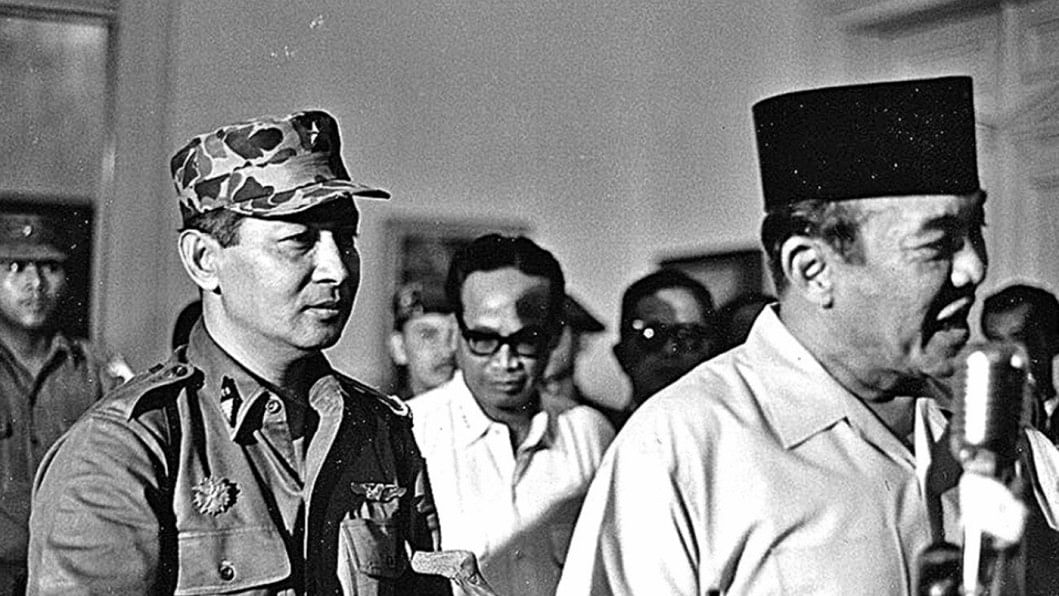
Beginning October 1965 to mid-1966, at least half a million (over a million by some accounts) Indonesians were killed by the army and army-backed local civilian militias. Another million were incarcerated without charge.
The mass murder of genocidal proportions was justified on tenuous, even non-existent, links between an alleged coup d'état attempt (called the September 30 Movement or the G30S) and the Indonesian Communist Party (PKI). In the G30S the Indonesian army, backed by the US and UK, saw the perfect pretext for annihilating the PKI and seizing state power. Charging the organisation as a whole with treason, the army embarked on a systematic killing of communists.
This paved the way for the military dictatorship of Major General Suharto and his New Order, which would last for 31 years. Two decades after Suharto's fall from power, many details of the G30S and the subsequent mass killings remain unknown, justice is nowhere in sight, and many of the perpetrators remain politically powerful.
***
"The military demonized and dehumanized millions of people by setting up a chain of associations: the movement equals the PKI equals every person associated with the PKI equals absolute evil."
- John Roosa, Pretext for Mass Murder
The PKI was formed in 1920, and is considered the oldest communist party in Asia. By the 1950s it had moved towards a parliamentary path and enjoyed widespread popularity in the grassroots. Its unprecedented success in the elections of 1955 came as a shock to not only the rightist and Islamist parties in the country, but to the army as well. After 1957, when the country's founding president and independence leader Sukarno established his Guided Democracy to bring stability to a fledgling state, the PKI stepped away from electoral politics to one of mass mobilisation, and even had the president's ear. By 1965, it had around 3.5 million card-carrying members and another 20 million through affiliated organisations. After China and Russia, this was the largest and most organised communist party in the world.
The political atmosphere of the time was highly-charged, and the army was deeply-politicised. In the backdrop of the Cold War, Sukarno was seen as moving ever closer to the left; with strong ties to China, threats of nationalising Western industries, and increasingly anti-imperialist rhetoric, he together with the PKI was a threat to the army's interests, and to the US and the UK, which were already wary of another country in the East falling to communism.
In this tensed atmosphere, rumours began to circulate in 1965 that within the army, a Council of Generals were plotting to overthrow Sukarno with the aid of foreign intelligence agencies. It is in this backdrop that the G30S movement started, through the kidnapping of six top generals of the Indonesian army in the early hours of October 1. In a botched-up execution of the kidnapping, many details of which are not known for certain, the six generals and one adjutant were killed. The bodies of all seven men were dumped in a well. In the meantime, troops mobilised by the movement had seized control of key locations, including the national radio station. Around 7:00 am, a radio broadcast publicly announced that a movement had started, led by a battalion commander of the Presidential Guard, to safeguard the president and to foil a planned coup against the state by the CIA-backed Council of Generals. The announcement also stated that the G30S was an internal army affair, carried out by officers loyal to Sukarno.
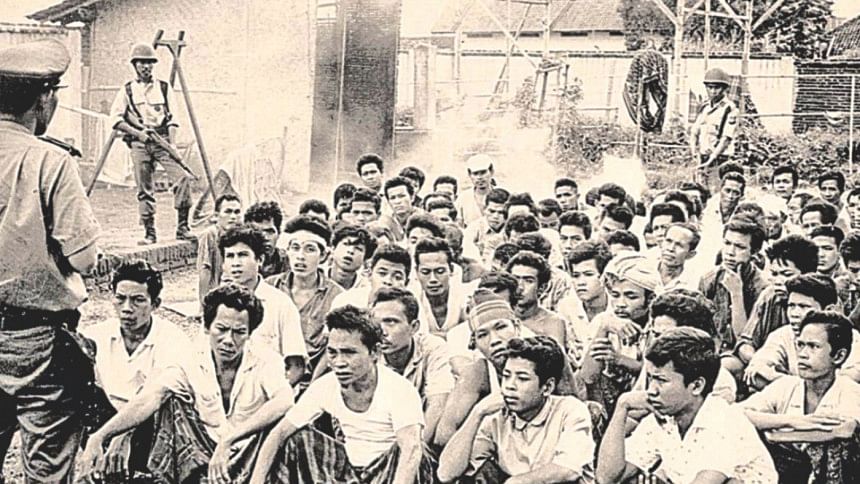
In the meantime, the core leadership of the G30S, three army personnel, and two civilians, Sjam and Pono, both allegedly part of a clandestine organisation of the Communist Party within the army, had assembled at an air force base. D N Aidit, the chairman of the Communist Party was at the base as well. Soon to join them was President Sukarno, who had learned of the kidnapping on his way to the presidential palace. What conversation took place between the G30S leaders and the president remains speculative, but for whatever reason, Sukarno did not back the movement as had been expected.
The movement clearly had not gone according to plan. For one, it was most likely the intention of the movement to kidnap the generals unharmed and bring them before the president as proof of the existence of the Council of Generals, and thus secure Sukarno's approval for the whole thing.
Within a matter of days all traces of the movement were wiped out, rebel troops were captured, the leaders were on the run, and the army had taken over effective control. This is where Major General Suharto, the then commander of the army strategic reserve, came in. According to witnesses in the trials later, Suharto had been told of the plot to kidnap the generals the day before—he had kept quiet and was actually considered an ally. After the news of the death of the generals reached him, he had himself declared as the head of the armed forces. He quickly neutralised the few armed units loyal to the G30S, and wrested authority from the president to "restore security and order". The leaders of the G30S, failing to come to a decision about putting up a fight, decided to flee.
When the bodies of the murdered generals were discovered, Suharto spun the story into one of barbarity of the PKI, which he claimed was trying to take over state power. He called on the population's help to assist the army in crushing the PKI "down to the very roots". By this time, all newspapers had been either closed or brought under army control. False stories about torture of the generals before they were killed and about Gerwani (the Indonesian Women's Movement, allied to the PKI) activists dancing naked during the killings began to appear in the media.
The slow-killing coup by Suharto began with the founding myth of the PKI's betrayal. The campaign to decimate communists across the country started, while the army maintained that it had nothing to do with the mass violence and killings—that this was the result of the anger of the general people. Historian John Roosa, in his book, Pretext for Mass Murder, writes: "Instead of attacking the palace first, Suharto attacked the society with a thunderclap of violence and then, treading over a fearful, confused populace, effortlessly entered the palace." By 1967, Sukarno, whose influence and power was being slowly taken away, was finally deposed, and Major General Suharto emerged as the president of Indonesia.
***
"They called this, 'The People's Struggle.'... to protect their image they [the army] made it look like the people exterminated the communists. But everybody knows the Army was behind it."
- Former Death Squad Leader, The Look of Silence
The violence that followed, despite the army's claims, was not spontaneous. It was actively encouraged and abetted by the army leadership. "Under Suharto", writes Roosa, "anticommunism became the state religion." Every propaganda method, from textbooks, monuments, streets names, films, museums, rituals and national holidays was used to continuously link the PKI as a whole to the killings of the generals.
Geoffrey B Robinson, an UCLA professor of the history of political violence and genocide, in his 2018 book The Killing Season: A History of the Indonesian Massacre, 1965-66, dispels meticulously the narrative of "spontaneous mass violence", and the Orientalist notion that Indonesians are prone as a people to violent outbursts. He writes: "Genocides do not simply happen—they are not natural by-products of socio-economic or cultural conflicts—but instead are the result of deliberate and conscious acts by political and military leaders."
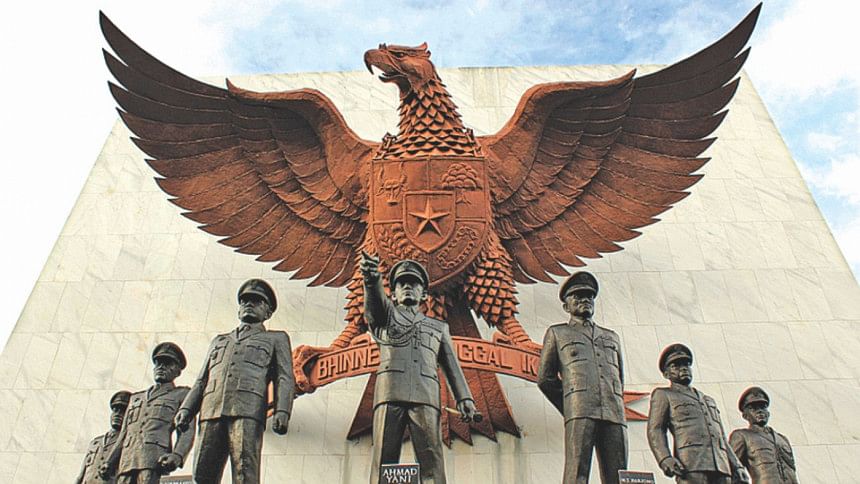
The core organisers of the G30S were captured not long after they had tried to make an escape. They were put on special military trials, and summarily executed. These trials, and those of communists as they were being arrested across the country, were used to whip up anti-PKI rhetoric, and based on lists supplied by the army, communist members were rounded up at night and taken by truck to killing sites. Most of those rounded up were not political figures, but poor and lower-middle class people—landless farmers, factory workers, students, civil servants, and the ethnic Chinese.
Without ever having been convicted of any crime, with no involvement, direct or indirect, with the events of October 1, they were killed in the most barbaric ways using sickles, knives, machetes spears and so on, and were dumped in rivers or mass graves that they were first made to dig. Local militia groups, formed of members of religious groups of all faiths (because they saw the PKI as atheists), rightist parties, and civilians too scared of being branded as communists carried out these killings. The land-owning class, who feared PKI's advocated land reforms, too joined in. Women activists of the Gerwani were targets of sexual violence, mutilation and rape, before murder. The army remained in the shadows of these vigilante militias, all the while using propaganda and psychological tactics to mobilise the population, providing training to death squads, and helping with logistics.
As Robinson explores in his book, the army created a situation, through use of language and ritual, where people truly believed that communists and anyone remotely associated needed to be killed—it was a patriotic and religious duty to do so. The million or more who were not killed, were interned in gulag-like conditions. Many died of starvation, torture or disease.
***
"A premature PKI coup may be the most helpful solution for the West—provided the coup failed."
- British foreign office note on a report about Indonesia, December 1964
The demonisation of the PKI rested on a matter of interpretation. The radio announcements of October 1 stressed that the G30S was an internal army affair, and not a move to seize state power. But, the presence of two underground communist party members and the chairman of the PKI gave some traction on which the army's propaganda efforts built through subsequent "testimonies" obtained after torture of other PKI members. But one important question that challenges this narrative of the PKI trying to seize state power is that of motive. The PKI was a legal party enjoying success at the time. Why would it risk it all? State Department cables from around the time raise the same doubt. Since then, a number of interpretations have surfaced: from those blaming the army for staging the coup to foreign instigation or role of double agents.
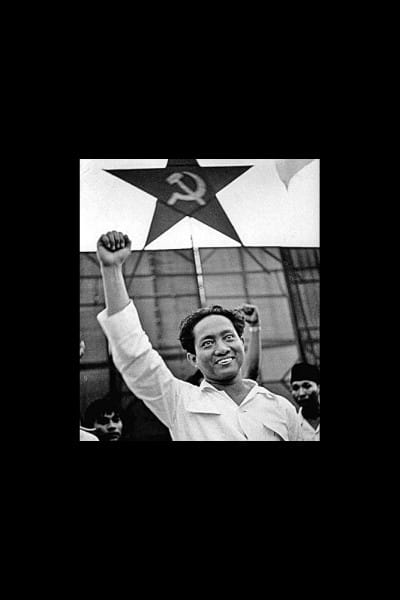
Both Roosa and Robinson, after analysis, come to similar conclusions: most importantly, not only was the PKI as a party not involved or aware of the G30S, even most top Politburo members had no notion of what was going on—there was no attempt whatsoever by the PKI to seize state power. In light of documents that have become available since then, one convincing explanation is that at most a handful of top members of the PKI were involved with the G30S, but this support was to pre-empt a coup on Sukarno by the Council of Generals, and thus give the president legitimacy for moving against the rightist elements in the military. Why Sukarno did not come on board we may never know for sure (one explanation put forward has been the unforeseen deaths of the generals), but even with diminished authority, he had tried, in vain, to give protection to people being killed all over the country and stop the flow of propaganda.
As mentioned before, the US had been on friendly terms with the army, and both had had a stake in seeing Sukarno go. Correspondence between the army, the US and the UK show that they had jointly come to the decision to drive the PKI into open opposition of the government, and then use that as a pretext for repressive measures. The army leadership benefitted from US investment that went into the millions, and the US wanted to retain influence on Indonesia. But, given the mass popularity Sukarno enjoyed, an open attempt was considered unwise. The coup would have to be "disguised as its opposite: an effort to save President Sukarno" (Roosa). Major General Suharto was most likely aware of this plan of waiting for a pretext. And because he was told of the G30S a day before, he knew he would emerge unscathed. The rest was for him to just set the plans in motion: blame the PKI and start the purge.
The army knew that international powers, if not openly, at least indirectly would support them. The US and the British settled on covert ways, detailed in both Roosa's and Robinson's books, to aid the destruction of the PKI. International media adopted an odd tone: even while stating nonchalantly that people were being killed on a horrific scale, it celebrated that communism had been defeated in the East.
***
"Impunity is nothing without repetitive, boastful demonstrations to different audiences."
- Benedict Anderson,
"The 1965 Massacre in Indonesia and Its Legacy", Counterpunch, 2014
In his 2014 Oscar-nominated documentary The Look of Silence (and in its prequel The Act of Killing) director Joshua Oppenheimer revisited the mass murders of 1965 through talking to killers and collaborators who had joined the militia groups. What makes these films surreal is the complete lack of guilt on the parts of the murderers—on cue, they are happy to re-enact for Joshua's camera exactly how and where they carried out the killings, talking openly about the sexual violence they committed, going into gory details, while at the same time either denying responsibility or maintaining they had committed no crime. In one chilling scene in the Look of Silence, a schoolteacher explains to children why the communists were killed: "To change the political system, the communists kidnapped six army generals. They sliced the general's faces with razor blades ... Would you like that? Imagine how painful it would be if your eyes were gouged out. ... The communists were cruel. So, the Government had to repress them."
***
"... an entire tradition of leftist thinking, writing, and political action that was so central to the construction of the modern Indonesian political identity and culture since the 1920s has been decimated and rendered illegitimate."
- Geoffrey B Robinson,
The Killing Season: A History of the Indonesian Massacre, 1965-66
US support for the army only came to an end with the Carter administration and the international human rights movement of the 70s. And though since the years of Suharto's fall, there have been attempts at reconciliation and justice, they have been met with fierce resistance from political leaders and army veterans. The deep mistrust, and formal ban, against the left remains. Robinson writes that as of 2017, no truth commission had been established, and no significant efforts had been made to exhume mass graves and ensure proper burials of the victims. Roosa's book was banned in the country for a time. Screenings of Oppenheimer's films witnessed violence. "While a monument stands next to the well in which the movement's troops dumped the bodies of seven army officers ... no monument marks any of the mass graves that hold the hundreds of thousands of people killed in the name of supressing the movement," writes Roosa in ending the book. Yet, more Indonesians today are starting to question the army's carefully-crafted lie. But, where dissent to the official stance was till very recently met with terrible consequences, how long it will take for a modicum of justice to appear, is anybody's guess.
Moyukh Mahtab is a member of the editorial team, The Daily Star.
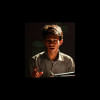



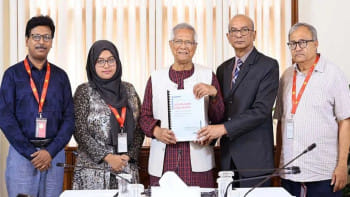
Comments